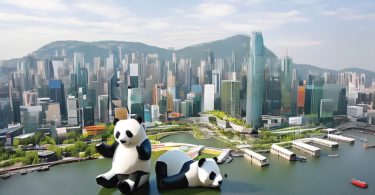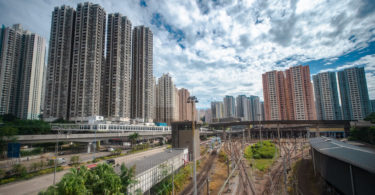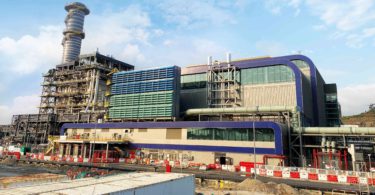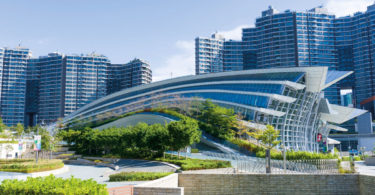By Sunnie S.Y. Lau
INTRODUCTION
Through a custom-designed participatory template, the year long engagement process prompted the diversified stakeholders to sit and work together. For each other they inspire, train, elevate and create leadership and foster joint partnering, all that bringing in of knowledge and experience of socio-cultural, economics as well as technology included.
In essence, the stakeholders and many city interest groups managed to identify a common goal – to enhance the liveability of underprivileged residents and their neighborhood: youth, single-parent, migrant women and the environment. Adding on, the engagement also identified the significance and contribution of emergent technologies such as IOT and spatial data/design as important tools for the upgrading of human-oriented environment, soft and hard-wares included.
The governance for the intended liveability enhancement has been structured on two keywords: innovation and inclusivity. While ‘Innovation refers to something new or a change to a product, idea or field inclusivity or inclusiveness is the practice or policy of including people who might otherwise be excluded or marginalized and members of minority groups (Google)’.
The engagement process indeed follows closely these two as guidelines. At the same time, reference to similar international cases for lessons to be learnt and studied helped to scrutinize and rationalize the scheme prior to any fleasible implementations. There is one Kwun Tong District, but in the eyes of the project team who have indulged with the Kwun Tong District stigma; in no time they realize that every place out there is in fact another Kwun Tong District deserving care and attention in the ultimate pursuit – the making of an equitable society.

To read the complete article, register your details above
to be notified once the revamped Construction Plus App is ready!

LAU, SUNNIE S. Y.
Director of Smart City Research and Industry Collaboration, MIT HK Innovation Node, MIT
Ms. Sunnie S.Y. Lau, Director of Smart City Research and Industry Collaboration at the MIT HK Innovation Node of Massachusetts Institute of Technology. Also served as an Adjunct Assistant Professor, University of Hong Kong, Faculty of Architecture. Born and raised in Hong Kong, graduated with a B.A in Architecture from University of California, Berkeley; and later on obtained her M.Arch , and Certificate in Urban Design from M.I.T. Her international experiences begun with renowned architectural practices prior to postgraduate study at the M.I.T.; she worked with Morphosis Archi-tects L.A., MVRDV Rotterdam, on international competitions, cultural projects and large scale urban developments. She also participated in the presentation drawings for the West Kowloon Cultural Competition when she was working at the Office for Met-ropolitan Architecture (OMA Asia) – Hong Kong. Recent experience covered TFP Farrell and Herzog de Meuron – in the design development of the M Plus Museum.
Her academic study focuses on Smart City, urban masterplanning, urban mobility and infrastructure, architectural typologies with an interest in creative and innovative sustainable design strategies. She believes firmly in bridging professional and academia by active teaching engagements (concurrent appointment from HKU DoA & DUPAD) such as HKU M.Arch Design Studio, M.Arch thesis, Master of Urban Design Thesis, Urban research-oriented design seminar – “Urban Mobility and Smart Infrastructure”, and the MIT B.S. Arch. Undergraduate Design Studio. More recently, she has been a regular design critic besides instructor at the architecture and urban design programs at local and Mainland Schools (HKU, CUHK, Tsinghua University, China Academy of Art, Tongji University, etc).
In 2017, She was invited to be the Co-Curator & Exhibitor of the Hong Kong Shenzhen Bi-City Biennale of Urbanism/Architecture (Hong Kong).
Her current research-oriented practice – SOSArchitecture Urban Design Studio Ltd. covers a wide range of works; which includes but not limited to smart urban furniture (Infrastructures), urban place-making (with community engagements), masterplanning, adaptive reuse and urban regeneration projects in Hong Kong, Mainland China.

 Malaysia
Malaysia Singapore
Singapore Indonesia
Indonesia Tiếng Việt
Tiếng Việt ประเทศไทย
ประเทศไทย










